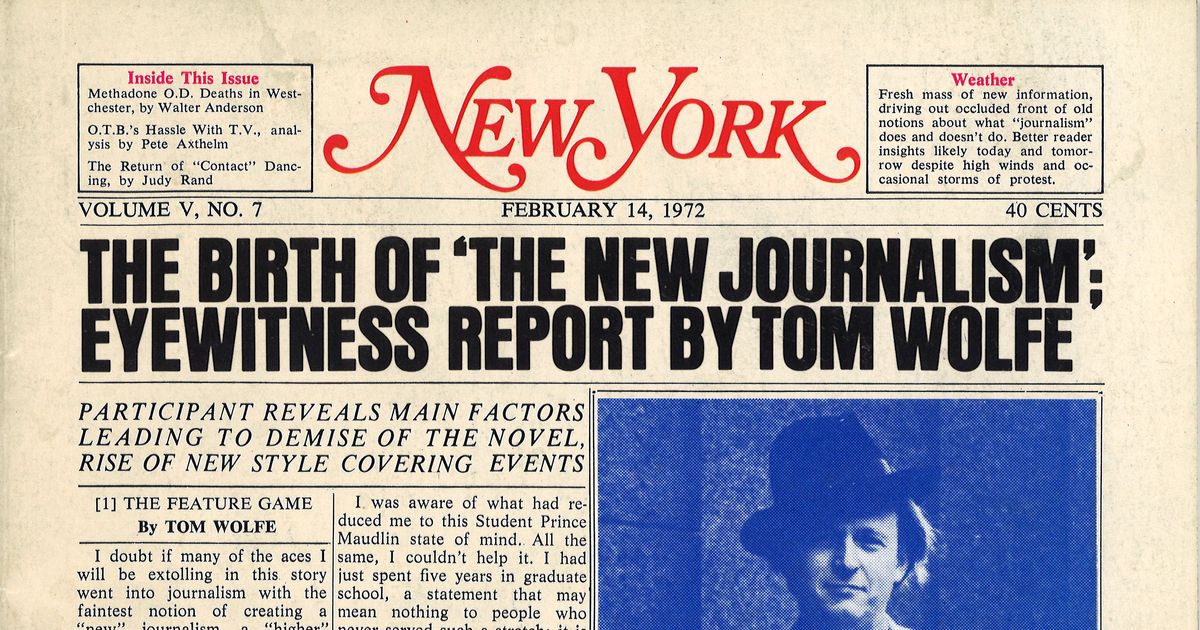What Does News Articles Mean?
What Does News Articles Mean?
Blog Article
The Buzz on News Articles
Table of ContentsAll About News ArticlesThe Buzz on News ArticlesNews Articles for BeginnersRumored Buzz on News ArticlesThe Best Strategy To Use For News Articles
Good expertise of different topics provides trainees an one-upmanship over their peers. Although digital and social media are readily easily accessible, we ought to not neglect how important it is to check out the papers. Moms and dads should attempt and inculcate the routine of reviewing a newspaper as a day-to-day routine to continue the legacy of the revered print tool.Information stories likewise have at least one of the following crucial features relative to the intended target market: closeness, prominence, timeliness, human interest, curiosity, or effect.
Within these limits, news tales likewise intend to be thorough. Amongst the bigger and extra highly regarded papers, justness and balance is a significant factor in presenting details.
Newspapers with a global audience, for instance, often tend to utilize a more official design of creating. News Articles.; typical design guides consist of the and the US Information Design Publication.
10 Simple Techniques For News Articles
As a guideline, reporters will certainly not use a long word when a short one will certainly do. News authors attempt to prevent using the exact same word much more than as soon as in a paragraph (often called an "resemble" or "word mirror").
Nevertheless, headlines often leave out the subject (e.g., "Jumps From Boat, Catches in Wheel") or verb (e.g., "Cat woman fortunate"). A subhead (likewise subhed, sub-headline, subheading, subtitle, deck or dek) can be either a subordinate title under the primary headline, or the heading of a subsection of the write-up. It is a heading that precedes the major text, or a group of paragraphs of the primary text.

of an article topic, informant, or interviewee), it is described as a pulled quotation or draw quote. Added billboards of any one of these kinds may show up later on in the short article (especially on subsequent pages) to lure further reading. Journalistic sites in some cases use animation techniques to swap one signboard for another (e.g.
An Unbiased View of News Articles
Such signboards are also used as tips to the article in other sections of the publication or website, or as promotions for the item in other magazine or websites. Press launch of the Swiss federal government. Normal framework with title, lead paragraph (recap in vibrant), various other paragraphs (information) and get in touch with information.

Example of a hard-lead paragraph NASA is proposing an additional space project. The budget plan demands around $10 billion for the job.
The NASA news came as the company asked for $10 billion of appropriations for the job. An "off-lead" is the 2nd essential front web page information of the day. The off-lead shows look at these guys up either in the leading left corner, or straight listed below the lead on the right. To "hide the lead" is to start the write-up with history details or information of second importance to the visitors, compeling them to read more deeply into a write-up than they ought to have to in order to discover the essential points.
Some Known Details About News Articles
Typical use is that or 2 sentences each create their very own paragraph. Reporters generally explain the organization or framework of a news story as an upside down pyramid. The crucial and most fascinating aspects of a story are put at the beginning, with sustaining information following in order of diminishing relevance.
It enables individuals to explore a topic to only the deepness that their inquisitiveness takes them, and without the imposition of information or nuances that they might consider irrelevant, yet still making that information available to much more interested visitors. The inverted pyramid framework additionally enables posts to be trimmed to any type of approximate size during layout, to suit the space available.
Some authors begin their stories with the "1-2-3 lead", yet there are many kinds of lead readily available. This style usually starts with a "Five Ws" opening up paragraph (as described over), followed by an indirect quote that offers to support a significant element of the very first paragraph, and afterwards a direct quote to sustain the indirect quote. [] A kicker can refer to numerous things: The last story current broadcast; a "delighted" story to end the program.
Longer posts, such as publication cover short articles and the items that lead the inside areas of a newspaper, are recognized as. Feature stories vary from straight information in numerous methods.
News Articles Can Be Fun For Everyone
The reporter typically information communications with meeting subjects, making the piece much more individual. A feature's very first paragraphs typically relate an interesting minute or occasion, as in an "anecdotal lead". From the details of like it an individual or episode, its sight rapidly widens to abstract principles concerning the story's subject. The section that signifies what an attribute is about is called the or billboard.

The Editor's Tool kit: A Referral Overview for Beginners and Professionals (2001) Allan M. Siegal and William G. Connolly. The New York City Times Manual of Design and Usage: The Authorities Style Overview Utilized by the Writers and Editors of the Globe's A lot of Authoritative Paper (2002) M. L. Stein, Susan Paterno, and R.
Report this page